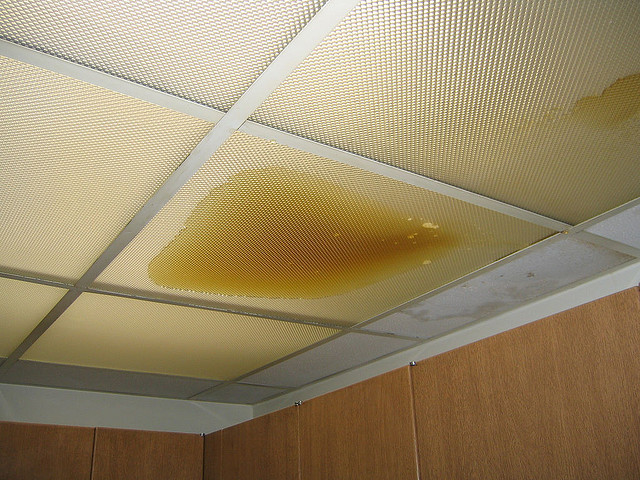6 Ways to Find Concealed Water Leakages in Your House
6 Ways to Find Concealed Water Leakages in Your House
Blog Article
Listed here below you can locate some incredibly good additional info on the subject of Top leak detection hacks.

Early discovery of dripping water lines can alleviate a possible disaster. Aside from conserving you money, it will minimize the stress and also stress. The minute you find a leakage, calling your plumber for fixings is the very best service. Nonetheless, some little water leakages might not be visible. If you can not spot it with your nude eyes, here are some hacks that aid.
1. Check Out the Water Meter
Examining it is a surefire way that helps you find leaks. If it relocates, that suggests a fast-moving leak. This means you might have a slow-moving leakage that could even be underground.
2. Examine Water Intake
Examine your water expenses as well as track your water usage. As the one paying it, you must observe if there are any discrepancies. If you identify sudden changes, in spite of your usage coinciding, it indicates that you have leaks in your plumbing system. Keep in mind, your water bill need to fall under the same range monthly. An abrupt spike in your bill shows a fast-moving leak.
A steady increase every month, also with the same behaviors, shows you have a slow-moving leak that's likewise slowly intensifying. Call a plumber to extensively check your property, specifically if you really feel a warm area on your floor with piping below.
3. Do a Food Coloring Examination
30% comes from bathrooms when it comes to water intake. Test to see if they are running correctly. Decline flecks of food shade in the tank and wait 10 minutes. There's a leakage in between the container and dish if the shade somehow infiltrates your bowl throughout that time without flushing.
4. Asses Exterior Lines
Don't forget to inspect your outside water lines as well. Examination faucets by affixing a yard hose pipe. Needs to water leak out of the link, you have a loosened rubber gasket. Change this and also guarantee all connections are limited. It will aid obtain it expertly took a look at and preserved each year if you've got a lawn sprinkler system. One little leakage can lose tons of water as well as surge your water costs.
5. Examine the situation and evaluate
Homeowners should make it a practice to inspect under the sink counters and also even inside closets for any kind of bad odor or mold development. These two red flags indicate a leakage so timely attention is required. Doing regular inspections, also bi-annually, can conserve you from a significant issue.
Check for discolorations and also compromising as a lot of devices as well as pipelines have a life expectancy. If you think leaking water lines in your plumbing system, do not wait for it to intensify.
Early detection of dripping water lines can mitigate a prospective catastrophe. Some tiny water leaks might not be visible. Inspecting it is a surefire way that helps you find leakages. One little leakage can waste lots of water as well as increase your water costs.
If you presume leaking water lines in your plumbing system, don't wait for it to escalate.
WARNING SIGNS OF WATER LEAKAGE BEHIND THE WALL
PERSISTENT MUSTY ODORS
As water slowly drips from a leaky pipe inside the wall, flooring and sheetrock stay damp and develop an odor similar to wet cardboard. It generates a musty smell that can help you find hidden leaks.
MOLD IN UNUSUAL AREAS
Mold usually grows in wet areas like kitchens, baths and laundry rooms. If you spot the stuff on walls or baseboards in other rooms of the house, it’s a good indicator of undetected water leaks.
STAINS THAT GROW
When mold thrives around a leaky pipe, it sometimes takes hold on the inside surface of the affected wall. A growing stain on otherwise clean sheetrock is often your sign of a hidden plumbing problem.
PEELING OR BUBBLING WALLPAPER / PAINT
This clue is easy to miss in rooms that don’t get much use. When you see wallpaper separating along seams or paint bubbling or flaking off the wall, blame sheetrock that stays wet because of an undetected leak.
BUCKLED CEILINGS AND STAINED FLOORS
If ceilings or floors in bathrooms, kitchens or laundry areas develop structural problems, don’t rule out constant damp inside the walls. Wet sheetrock can affect adjacent framing, flooring and ceilings.
https://www.servicemasterbyzaba.com/blog/how-to-detect-water-leakage-in-walls/

As a devoted reader on Detecting hidden plumbing leaks, I imagined sharing that excerpt was worthwhile. Liked our review? Please share it. Help someone else check it out. We take joy in reading our article about Hacks to detect leaks.
Report this page